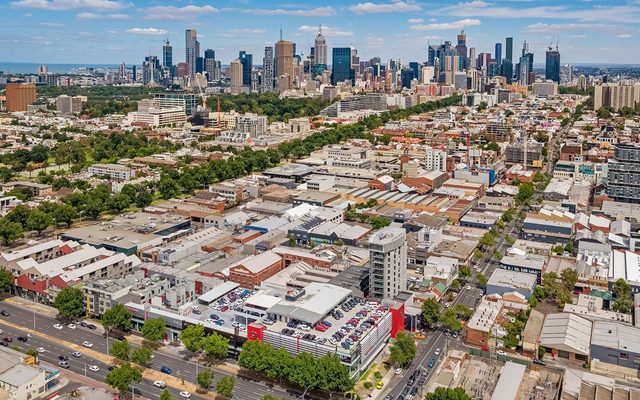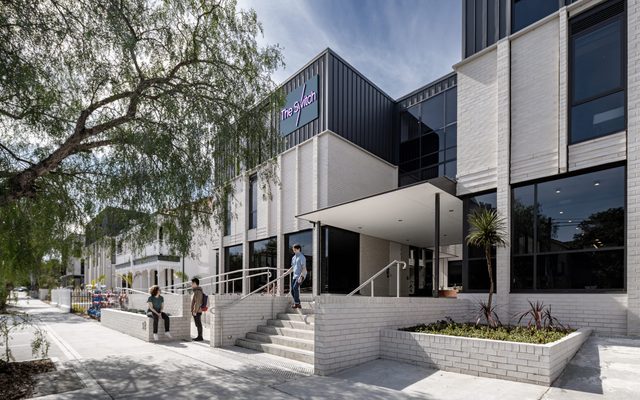This article is from the Australian Property Journal archive
IN the wake of the Opal Tower and Mascot Towers incidents and resulting NSW government inquiry, Resilience Insurance has launched what it claims to be Australia’s first latent defects insurance (LDI) specially designed for high-rise residential property.
LDI is a “first resort” policy that covers physical loss or damage to a completed building caused by defects in design, materials or workmanship in the building’s structural elements and envelope where such defects were not discovered at practical completion.
First resort means the trigger for the claim is the manifestation of the defect itself and can be claimed by the property owner directly with the insurer for any losses covered by the policy.
LDI covers the property owner for 10 years from the date of the occupation certificate. It is applied for by the developer and/or builder prior to starting construction and provides the longest coverage for latent defects in Australia.
“The insurance is designed to cover the major financial losses experienced by property owners that result from latent defects which have been rampant throughout the industry for decades,” Resilience Insurance said of its new offering.
Mascot Towers residents were evacuated from the inner Sydney apartment building on a Friday night three years ago after cracks were discovered in its basement, six months after nearly 3,000 Opal Tower residents in Sydney Olympic Park were forced out of their homes on the previous Christmas Eve due to structural defects. A subsequent review recommended an overhaul of the construction industry, while the Mascot Towers Owners Corporation told the NSW government inquiry into the regulation of building standards, quality and disputes in 2019 that buyers have more consumer protection buying a $1,000 television than a multimillion-dollar apartment.
Opal Tower residents reportedly reached an out-of-court settlement in May ahead of a multi-million-dollar class action, while apartment owners in the tower have seen their building insurance premium skyrocket from under $100,000 to over $2 million each year. Builder Icon spent $40 million on rectification works and $10 million on residents’ accommodation and storage, reimbursed landlords for rental losses, and extended the structural warranty on rectification work out to 20 years.
Mascot Towers residents have had rental payments covered by the NSW state government since, but those investors who owned within the tower but did not live in the property weren’t eligibly for assistance while still having to pay mortgages and fees.
“With the introduction of the Design and Building Practitioners Act, and the Residential Apartment Buildings Act by the NSW state government has allowed us to take a serious look into finally introducing a LDI product into Australia”, said Resilience Insurance managing director, Stefan Hicks.
The Queensland and Victorian state governments are also working through building reform programs.
“We believe we finally have an environment where the quality of design and construction in the high-rise residential segment will improve on the back of stronger and effective policing, quality controls and accountability,” Hicks said.
The McCrindle report commissioned by the NSW state government suggested that only three out of 10 consumers are currently confident in purchasing an apartment.
“The property owners community is definitely demonstrating that they have a lack of confidence in purchasing medium to high-density properties,” Hicks said. In the report, 64% of those surveyed had concerns that the properties had defects, that 74% of prospective buyers would be more confident with LDI in place, and that 49% would pay more if LDI was covering their property.
“This is a critical step and product to introduce to restore trustworthiness back into this market.”




